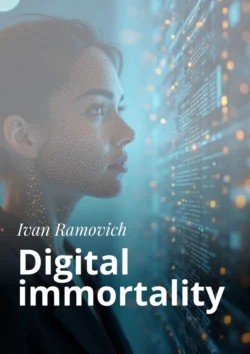Digital immortality

Ivan Ramovich
Тип: электронная книга
Жанр: Современная русская литература
Язык: на английском языке
Стоимость: 400.00 ₽
Статус: В продаже
Издательство: Издательские решения
Дата публикации: 30.10.2024
Отзывы: Пока нет Добавить отзыв
О книге:
Imagine: your thoughts, memories, personality — everything that makes you you — copied to digital heaven. There is no more illness or old age. Only endlessly limited potential of virtual existence.